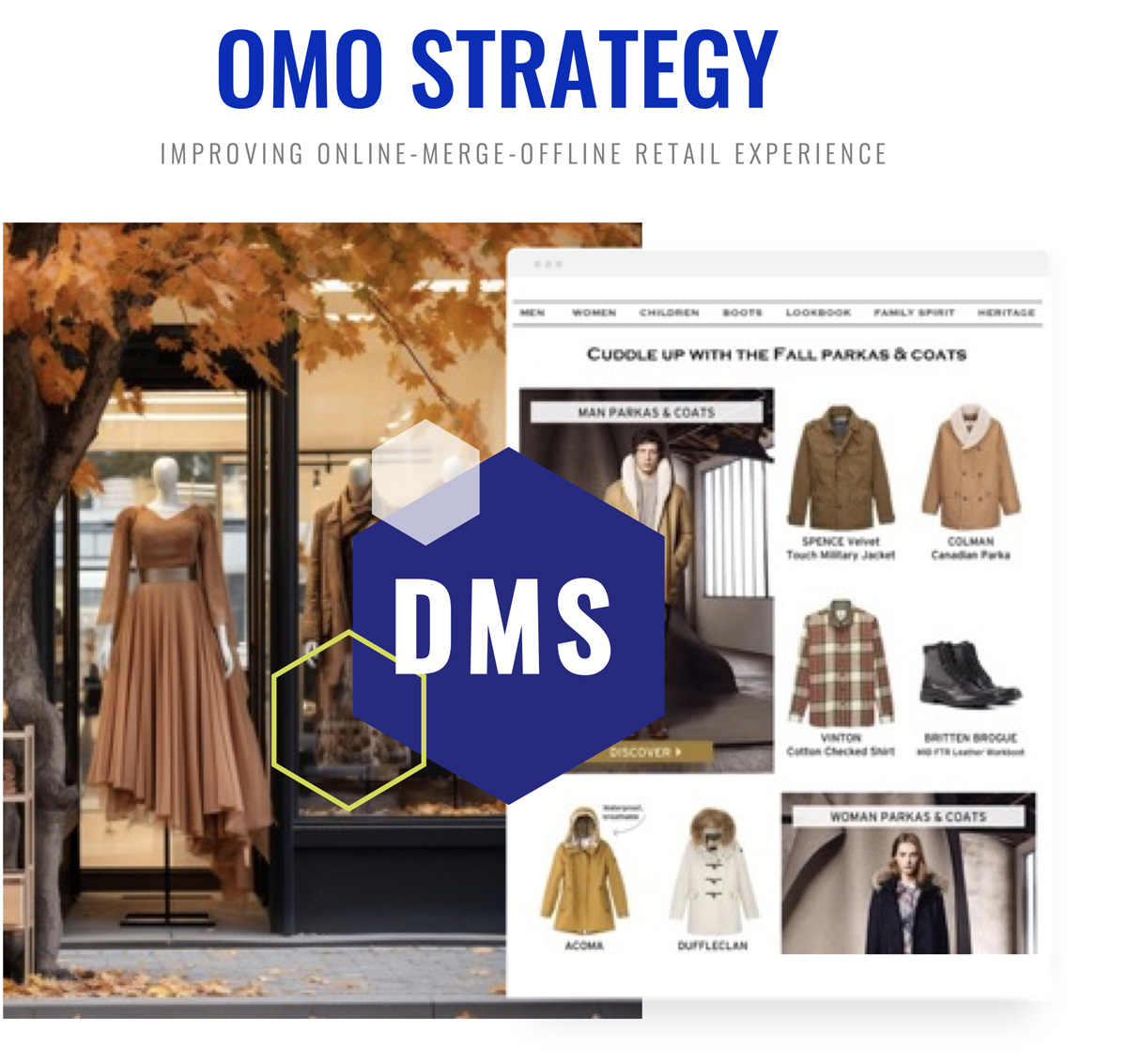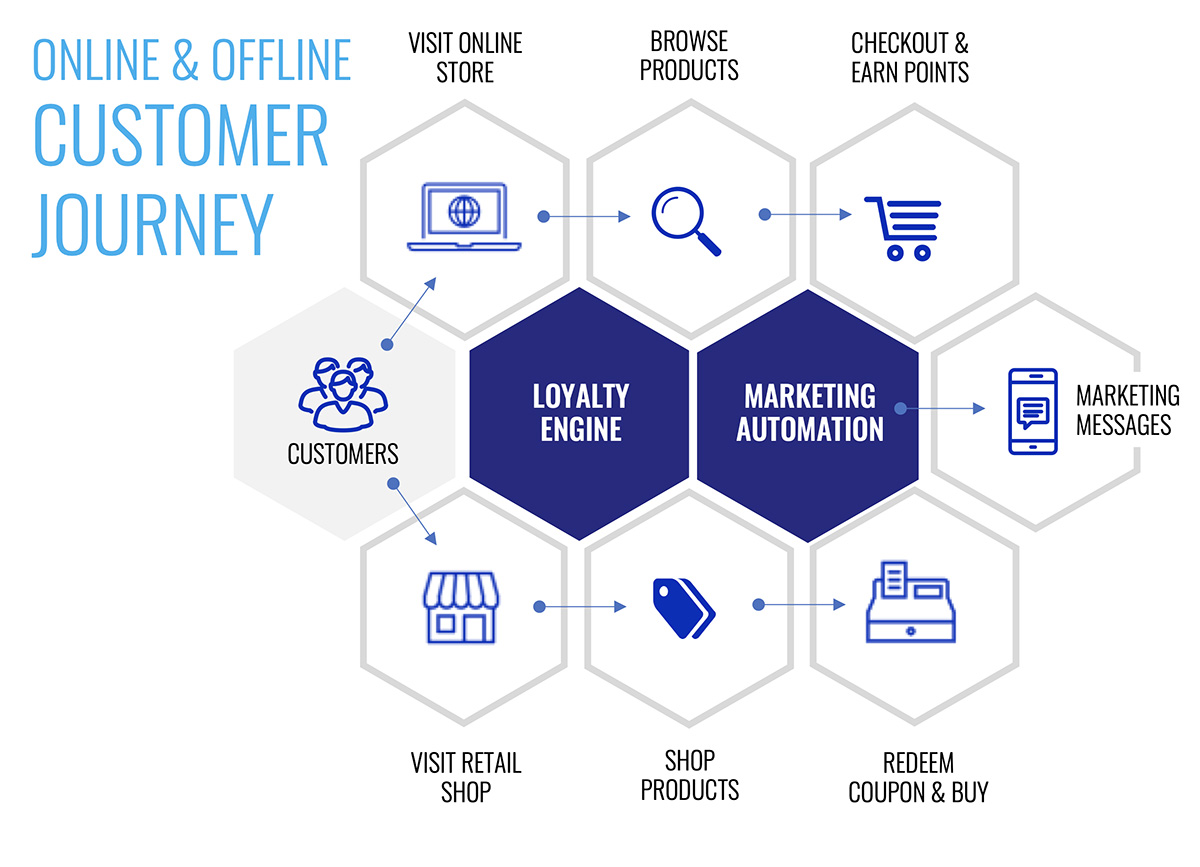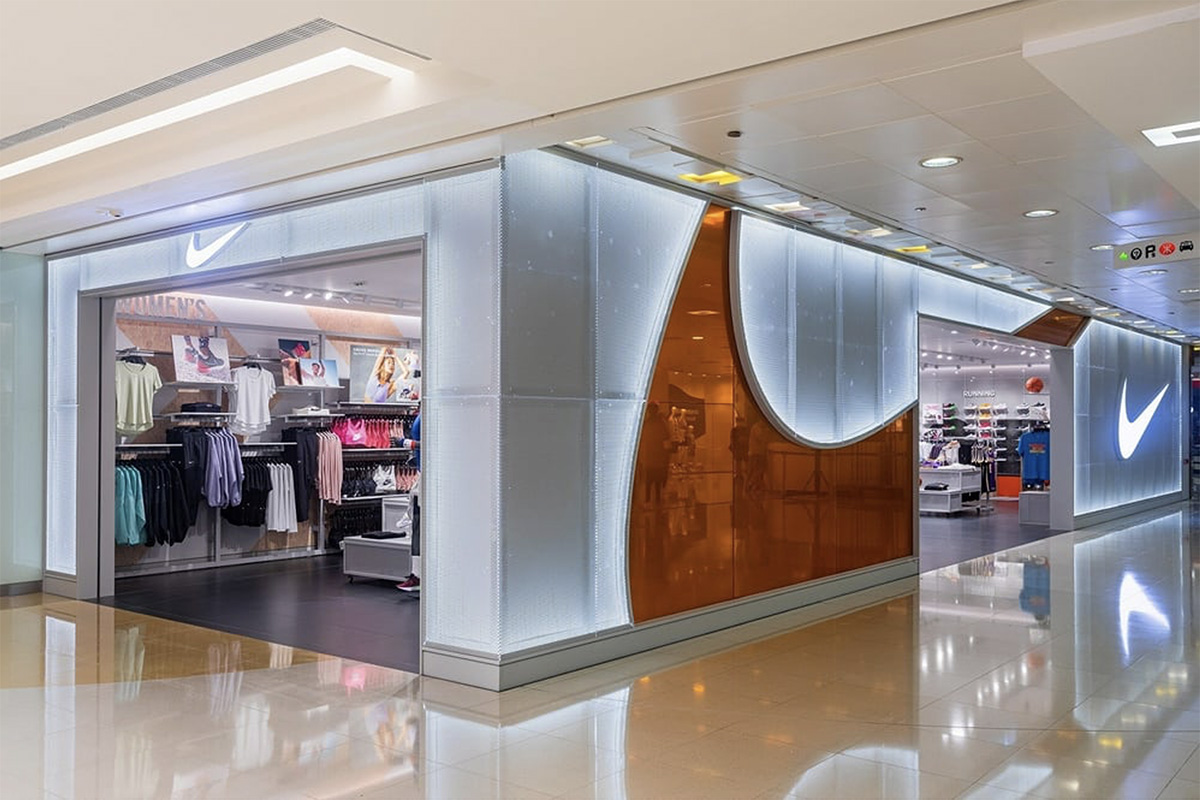Executive Summary
The COVID-19 pandemic has significantly impacted the retail landscape, accelerating the shift towards e-commerce and forcing retailers to re-evaluate their customer engagement strategies. As the world emerges from the crisis, the retail industry is poised for a remarkable rebound, with global retail sales expected to surpass pre-pandemic levels by 2023. To capitalize on this opportunity, retailers must focus on optimizing the online-merge-offline (OMO) customer experience, seamlessly integrating their digital and physical channels to drive increased customer engagement, spend, and loyalty.
The Retail Rebound: Navigating the Post-COVID Landscape
The COVID-19 pandemic has fundamentally transformed consumer behaviour, with a significant increase in e-commerce adoption and a heightened demand for convenient, contactless shopping experiences. According to industry data, global retail sales declined by 3.0% in 2020 due to the pandemic, but are projected to rebound and grow by 7.7% in 2023, surpassing pre-COVID levels.
This resurgence in retail sales presents a significant opportunity for brands to re-emerge stronger and more resilient. However, the path forward requires a strategic focus on delivering a seamless OMO customer experience that caters to the evolving needs and preferences of the post-COVID consumer.
Embracing the Online-Merge-Offline (OMO) Customer Experience
The OMO customer experience is the integration of a retailer’s online and offline touchpoints, creating a cohesive and personalized journey for the consumer. By blending digital and physical elements, retailers can deliver a more engaging, efficient, and rewarding shopping experience that meets the expectations of the modern customer.
Key Components of the OMO Customer Experience:
- Unified Commerce Platform: A centralised, cloud-based system that integrates e-commerce, in-store point-of-sale, inventory management, and customer data to enable a seamless, cross-channel experience.
- Digitally-Enabled Physical Stores: Incorporating digital technologies, such as interactive displays, mobile-enabled self-checkout, and augmented reality (AR) experiences, to enhance the in-store shopping journey.
- Omnichannel Fulfilment: Offering a range of flexible delivery and pickup options, including curb side pickup, in-store returns, and ship-from-store capabilities, to provide customers with maximum convenience.
- Personalised, Data-Driven Engagement: Leveraging customer data and analytics to deliver personalised product recommendations, targeted promotions, and customised content across online and offline touchpoints.
- Seamless Customer Service: Empowering store associates with real-time access to customer data and purchase history, enabling them to provide a more personalized and efficient in-store experience.

Strategies for Improving the OMO Customer Experience
To capitalize on the post-COVID retail rebound and drive increased customer engagement, spend, and loyalty, retailers should consider the following strategies:
- Design a Unified Online and Offline Experience
- Invest in a centralized, cloud-based system that seamlessly integrates e-commerce, in-store point-of-sale, inventory management, and customer data.
- Ensure a consistent, personalized experience across all customer touchpoints by synchronizing product information, pricing, promotions, and customer profiles.
- Leverage the unified platform to optimize inventory management, reduce stockouts, and improve order fulfilment efficiency.
- Foster Stronger Customer Relationships
- Implement a comprehensive customer relationship management (CRM) system to centralize and analyse customer data from both online and offline channels.
- Use data-driven insights to develop personalized marketing campaigns, targeted promotions, and tailored product recommendations that resonate with individual customers.
- Encourage customer engagement and loyalty through loyalty programs, personalized content, and seamless cross-channel experiences.
- Develop a Comprehensive Loyalty Program
- Clear and Tangible Rewards: Offer tangible rewards through your loyalty program that are desirable, attainable and clearly communicated to customers. Tangible rewards such as discounts, exclusive offers, free products, or early access to sales can be highly effective in motivating customers to participate and stay engaged.
- Tiered Membership Levels: Implement tiered membership levels to provide a sense of progression and exclusivity. As customers earn more points or make higher-value purchases, they can unlock additional benefits and privileges. This encourages customers to strive for higher tiers and increases their loyalty to your brand.
- Personalization: Leverage customer data and insights to personalize the loyalty program experience. Tailor rewards and offers based on individual customer preferences, purchase history and demographics. Sending personalized recommendations, birthday rewards or targeted promotions can make customers feel valued, leading to increased loyalty.

3 Important Steps to Kickstart Your OMO Marketing Strategy
Retail brands can leverage the power of Customer Relationship Management (CRM), loyalty programs, and marketing automation to design an online-merge-offline marketing experience, and ultimately driving repeat sales. Here’s how you can put your solution together:
- Integrate CRM and Loyalty Program: Integrate your CRM system with your loyalty program and marketing automation tools to gather and consolidate customer data from various touchpoints and reward customer behaviours. This integrated approach enables a comprehensive view of customer behaviour, preferences and purchase history, allowing you to personalize interactions and tailor marketing efforts. With CRM data, you can identify high-value customers and create targeted loyalty offers or incentives to drive repeat purchases. Use marketing automation to trigger loyalty-related messages and notifications to keep customers engaged.
- Design Customer Journey Campaigns: Utilize marketing automation to set up triggered campaigns based on customer behaviours or milestones. For instance, send a personalized email with a special discount to customers who haven’t made a purchase in a while, or automatically send a birthday reward to loyalty program members. These automated campaigns nurture customer engagements at different stages of lifecycle and build better customer relationship.
- Grow Sales Through Cross-sell and Upsell: Leverage CRM data and marketing automation campaigns to identify cross-selling and upselling opportunities. Analyze customer purchase history and preferences to offer relevant product recommendations or personalized offers for targeted segments. For example, send automated emails suggesting complementary products based on previous purchases.
Conclusion
As the retail industry emerges from the COVID-19 pandemic, the opportunity for growth and profitability is immense. By embracing the online-merge-offline customer experience and implementing a comprehensive, data-driven strategy, retailers can capitalize on this rebound, drive increased customer engagement, spend, and loyalty, and position themselves for long-term success in the rapidly evolving retail landscape.
Click here to contact our Marketing experts about clienteling.




